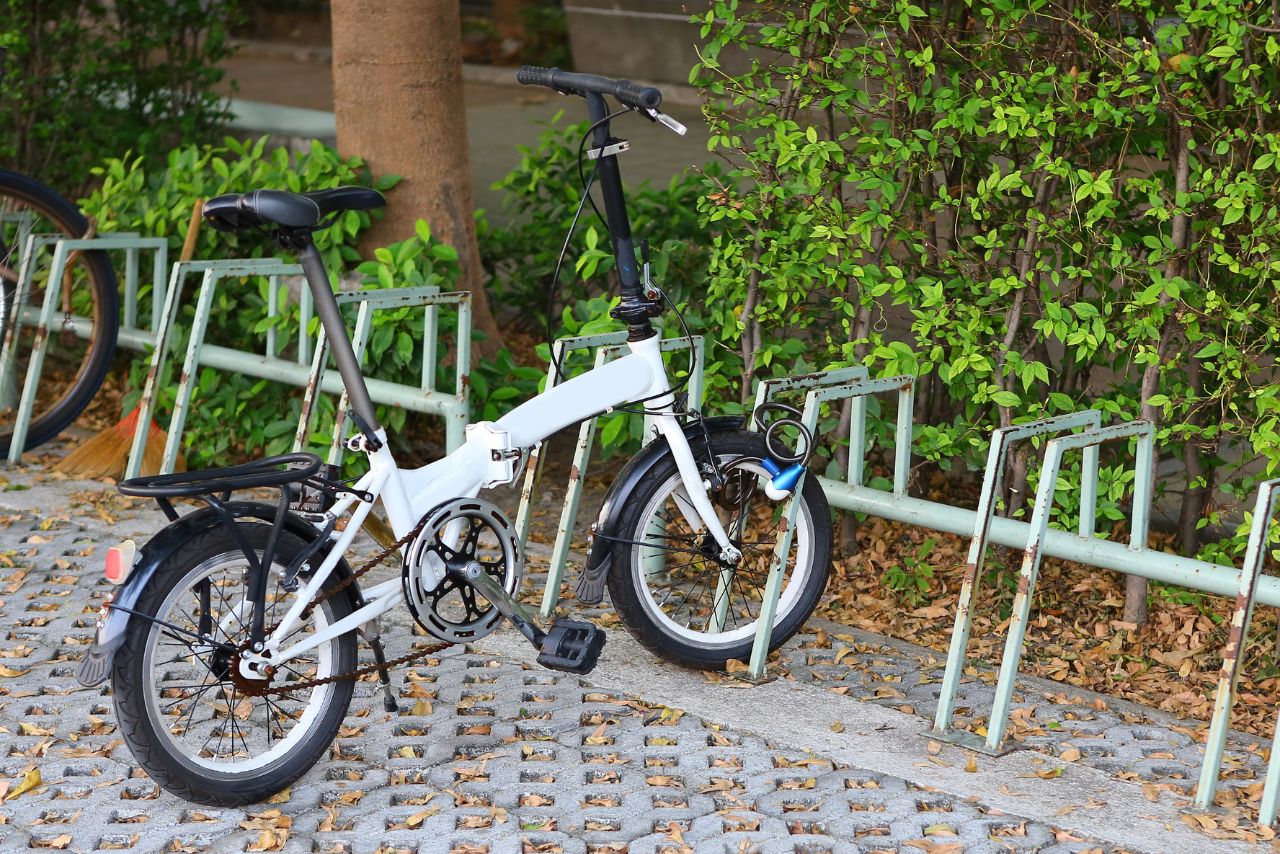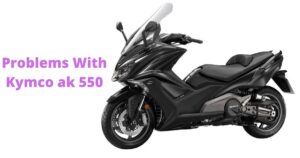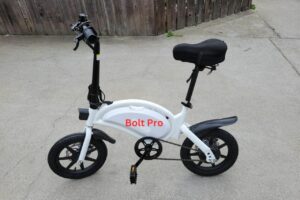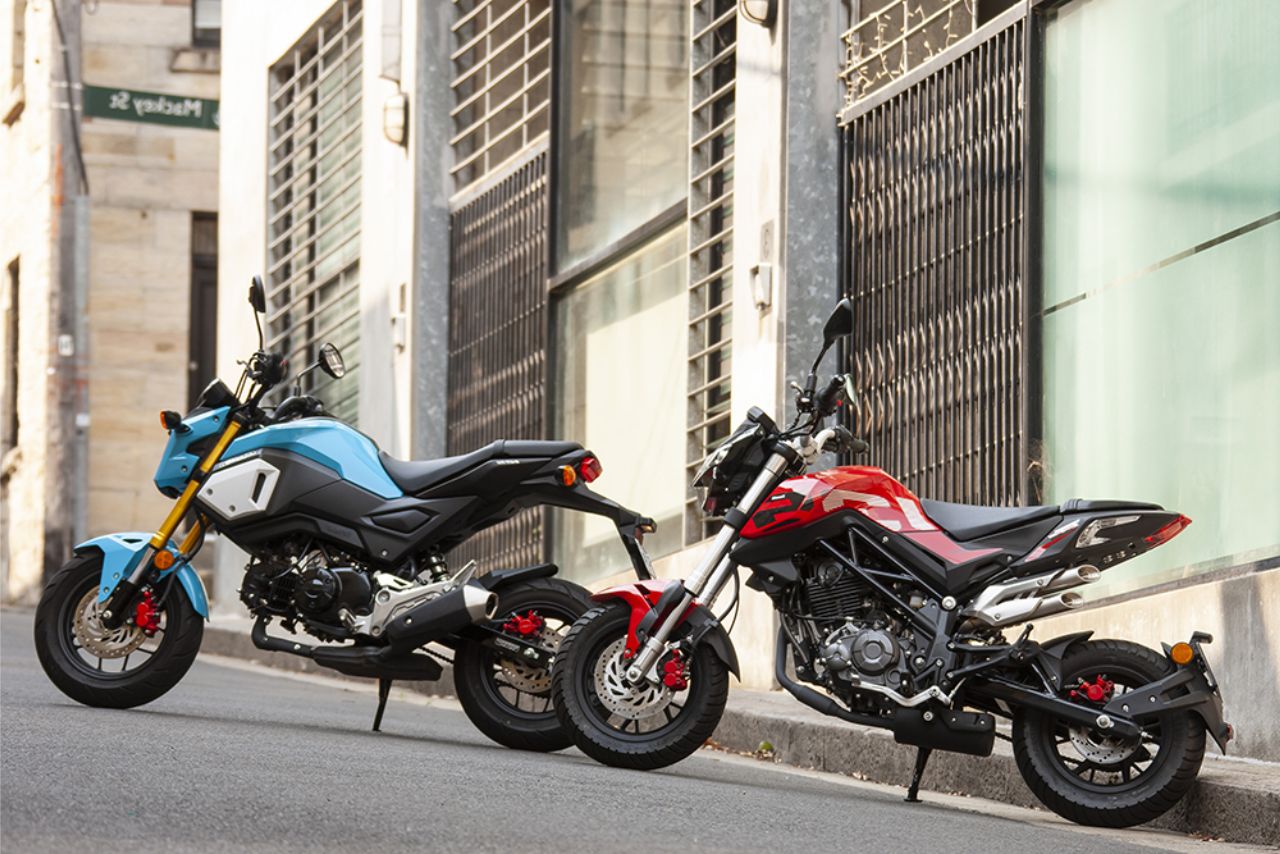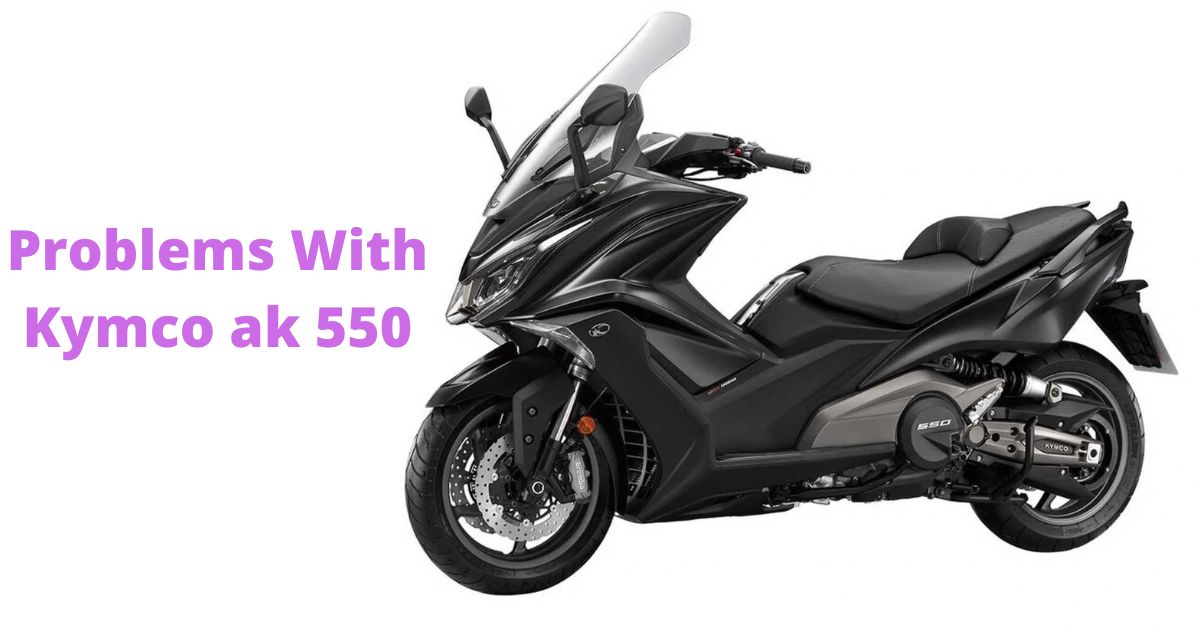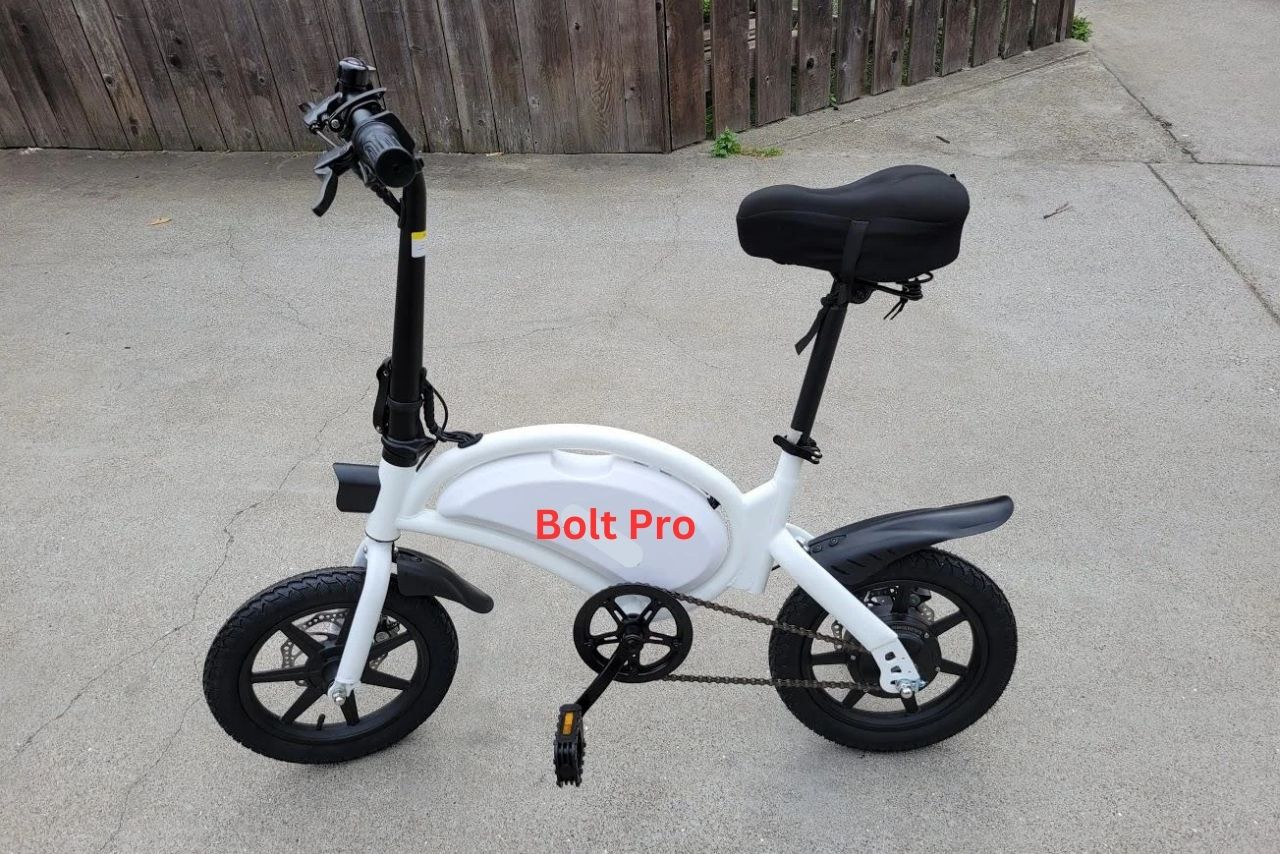Has Your Bike Tire Exploded While Parked? It may sound like a strange occurrence, but it can happen.
In this article, we will explore the possible reasons behind why a bike tire might explode unexpectedly and what you can do to prevent it from happening.
So if you’ve ever wondered about the mysteries of a bike tire explosion while parked, keep reading to find out more!
Table of contents
Can Bike Tires Explode?
Yes, bike tires can explode. This is a relatively rare occurrence, but it can happen for a number of reasons, including over inflation, rim damage, debris, heat, and manufacturing defects.
If a bike tire does explode, it can cause the rider to lose control of the bike and crash, and in some cases, cause serious injuries.
Bike Tire Blowout:

A bike tire blowout is a sudden loss of air pressure in a bike tire, which can cause the rider to lose control of the bike and crash. Bike tire blowouts can be caused by a number of factors.
Bike tire blowouts can be dangerous and can cause serious injuries. There are a number of things you can do to prevent bike tire blowouts, including:
If you do experience a bike tire blowout, the most important thing is to stay calm and try to maintain control of your bike. If you can safely do so, pull over to the side of the road and assess the damage.
What Would Cause a Bike Tire to Explode?
Bike tire explosions can be a surprising and alarming occurrence. Understanding the potential causes behind these incidents is crucial for maintaining safety while riding or parking your bike.
Here are some common factors that can contribute to bike tire explosions or Causes of Bike Tire Explosions:
Signs to Look Out for Before a Bike Tire Explosion:
When it comes to bike tire explosions, prevention is key. By keeping an eye out for certain signs, you can reduce the risk of experiencing a dangerous blowout while your bike is parked.
Here are some important indicators to watch for:
By paying attention to these warning signs, you can reduce the risk of a bike tire explosion. Remember, prevention is always better than dealing with the aftermath of an unexpected blowout.
What to Do if Your Bike Tire Explodes While Parked?
If you find yourself in a situation where your bike tire has exploded while parked, it can be quite alarming. However, there are several steps you can take to handle the situation effectively:
Preventing Future Bike Tire Explosions:
To prevent future bike tire explosions, it’s important to take certain precautions. Here are some tips to keep in mind:
Here Is a Detailed Table About Bike Tire Exploded While Parked:
| Signs | Causes | Prevention |
|---|---|---|
| Rapid deflation | Overinflation | Keep your tires properly inflated. |
| Bulges or cracks on the tire | Puncture or rim damage | Avoid riding over sharp objects and inspect your rims regularly for damage. |
| Heat | Heat from braking repeatedly while descending a long hill | Use your brakes sparingly when descending hills. |
| Manufacturing defect | Rare defect in the tire or rim | Replace your tires and wheels regularly, especially if they are showing signs of wear and tear. |
| Dry rot | Age and exposure to the elements | Replace your tires regularly, even if they are not showing signs of wear and tear. |
| UV damage | Exposure to sunlight | Store your bike in a shaded area when not in use. |
| Chemical exposure | Exposure to chemicals, such as oil or gasoline | Avoid riding your bike in areas where there are chemicals present. |
| Valve stem failure | Failure of the valve stem that allows air to enter and exit the tire | Inspect your valve stems regularly for signs of damage or wear and tear. |
| Loose bead | The bead of the tire is not properly seated on the rim | Make sure that the bead of the tire is properly seated on the rim before inflating the tire. |
| Incorrect tire size | The tire is not the correct size for the rim | Make sure that the tire is the correct size for the rim before installing it. |
| Incorrect tire pressure | The tire is not inflated to the correct pressure | Keep your tires properly inflated. |
| Overloading | The bike is overloaded with weight | Do not overload your bike with weight. |
| Rim damage | The rim is bent or damaged | Inspect your rims regularly for damage and have them repaired immediately if necessary. |
| Debris | The tire is punctured by debris, such as a glass shard or nail | Avoid riding over sharp objects. |
Tubeless Tire Blowout:
A tubeless tire blowout is a sudden loss of air pressure in a tubeless tire. Tubeless tires are designed to seal themselves in the event of a puncture, but a blowout can still occur if the damage is too severe or if the tire is not properly inflated.
Causes of Tubeless Tire Blowouts:
How to Prevent Tubeless Tire Blowouts:
Watch Video: Bike Tire Exploded While Parked?
Conclusion! Bike Tire Exploded While Parked?💭
Experiencing a bike tire explosion while it is parked can be a shocking and unexpected event. It is crucial to understand the potential causes of such incidents in order to prevent them from happening in the future.
Therefore, it is essential to regularly check and maintain proper tire pressure according to the manufacturer’s guidelines.
Another factor that may contribute to a tire explosion is excessive exposure to heat or sunlight.
Overall, being vigilant about tire maintenance and following safety guidelines will significantly reduce the risk of experiencing a bike tire explosion while parked.
By taking these precautions, you can ensure your own safety as well as prolong the lifespan of your bicycle tires. Stay safe and enjoy your rides!
FAQs
Can Underinflation Cause a Bike Tire to Explode?
While underinflation is not typically associated with tire explosions, it can lead to blowouts or flat tires.
When a tire is underinflated, it puts more strain on the sidewalls, making them more susceptible to damage and punctures.
What Should I Do if My Bike Tire Explodes While Parked?
If your bike tire explodes while parked, first ensure your own safety. Stay away from the bike and assess the situation.
If the explosion caused any damage or injury, seek appropriate medical assistance.
Next, carefully examine the bike tire to determine the cause of the explosion. Replace the damaged tire with a new one or seek professional help if needed.
Can a Bike Tire Explode Spontaneously?
Although it is rare, a bike tire can potentially explode spontaneously.
This can occur due to various factors, such as manufacturing defects, poor tire quality, or incorrect storage conditions.
However, such occurrences are highly unlikely and typically result from external causes, such as over inflation, sharp objects puncturing the tire, or physical damage to the tire.
How Often Should I Check My Bike Tires for Proper Inflation?
Regularly checking your bike tires for proper inflation is essential for optimal performance and safety.
It is recommended to check tire pressure before each ride or, at the very least, once a week.
Factors such as temperature changes and riding frequency can affect tire pressure, so it is crucial to maintain the appropriate air pressure for your specific bike model and tire type.
Latest Posts:
- Benelli TNT 135 vs Grom! (A Proper Review!)
- What Problems Does The Kymco Ak 550 Have? Find Solution!
- Jetson Bolt Pro Troubleshooting! (The Ultimate Guide!)
- Top 10 Best Electric Scooters For Kids (Tried And Tested!)
- 10 Best 150cc Bike For Beginners: (Tried And Tested!)
- What Does 16 Mean To The Pagans? (The Surprising Truth!)

